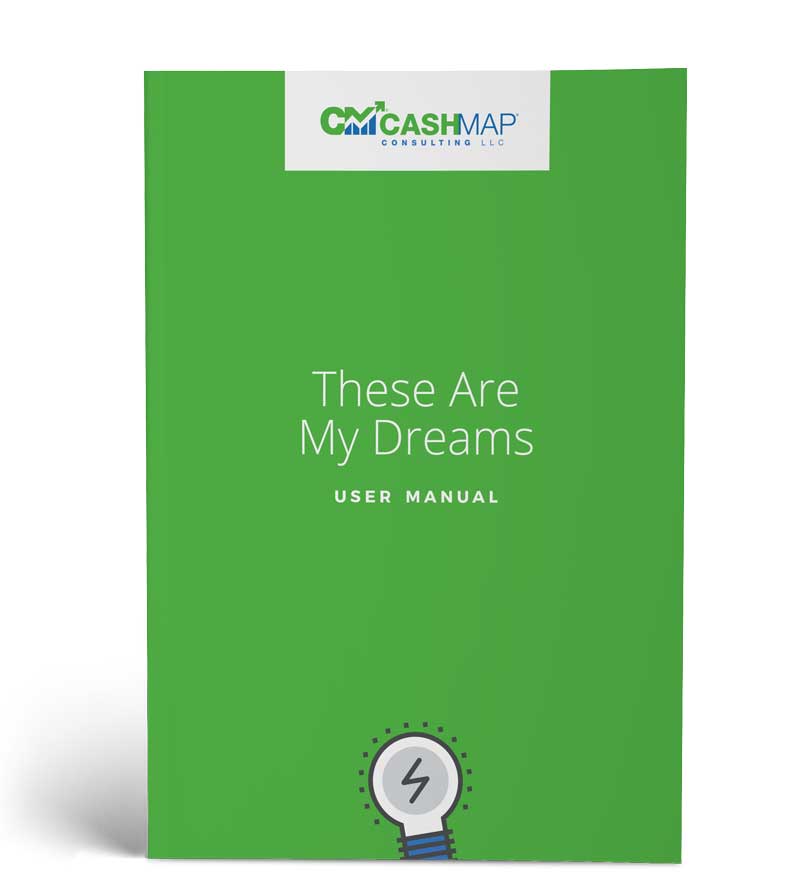
27 Apr Picture Your Line of Credit – Part 1
Basic Information
You deposit $5,025 in the bank each month, your monthly expenses total $4,025 (This includes your mortgage payment of $1,364.40) and you have a $15,000 line of credit that charges an interest rate of 4.5 percent.
A Picture is Worth a Thousand Words
We’ve all heard the saying, ‘a picture is worth a thousand words’. Click on the following link:
Our Line of Credit Picture. If you have problems, copy and paste in your browser: http://sdrv.ms/18x1xVb.
In the upper left hand corner of the page, you will see capitalized letters beginning with the letter ‘A’ and continuing across the page. Also, in the upper left hand corner, you will see numbers beginning with the number ‘1’ continuing down the page on the left. The letters identify columns and the numbers identify rows.
Key Parts of the Picture
The following columns identify key parts of our picture.
Column B: The day of the month.
Column C: The description describing what was done with the money in the line of credit.
Column D: Payments – This is the amount paid to lower the balance you owe the bank.
Column E: Withdrawal – The amount you have withdrawn from the line of credit.
Column F: Balance – The amount you owe the bank.
Our First Month’s Activity
This page we are viewing is the first month’s activity of our solution. Let’s review the four descriptions for the month.
1. On the 1st day of the month in cell ‘C6’, the description is ‘Additional Loan Payment. You are withdrawing $5,200 from your line of credit and making an additional loan payment to your mortgage. You now owe the bank $5,200.
2. Also on the 1st day of the month in cell ‘C5’, the description is ‘Monthly Income’. You were paid your monthly salary totaling $5,025. Using the bank’s automatic loan payment, you immediately make a $5,025 payment to the $5,200 loan.
3. The ‘Balance Owed’ the bank at the end of the first day of the month is $175. Just like your checking account, you subtracted $5,025 from $5,200.
4. From the second to the fourteenth day of the month (cells ‘F8’ to ‘F32’) because there are no other payments or withdrawals, the balanced owed the bank is $175.
5. On the 15th day of the month in cell ‘C33’, the description is ‘Mortgage Payment’. This is your regular mortgage payment. You are taking advantage of the 15-day grace period. Remember, most mortgage companies do not making the payment on the 15th late. It doesn’t affect your credit rating. Check with your lender and confirm their policy. You are withdrawing $1,362.69 and sending the payment to your lender.
6. The ‘Balance Owed’ (cell ‘F33’) the bank at the end of the fifteenth day of the month is $1,538. You have added $1,362.69 plus the $175 balance owed the bank on the fourteenth day of the month.
7. On the 28th day of the month in cell ‘C59’, the description is ‘Household Expenses’. You have used your credit card to pay all your household expenses. The credit card bill is due. You are withdrawing $2,662 and sending the payment to your credit card company.
8. The ‘Balance Owed’ (cell ‘F59’) is $4,200. You have added $2,662 plus the balance owed the bank at the end of the 27th day that totals $1,538.
You are using your line of credit just like your checking account. You are using three simple tools: a line of credit, the loan payment and your optimized average daily balance. In my next post, we’ll review the average daily balance, the interest payment owed and your interest savings.
Ready to start your journey towards financial freedom? Get started today!
I’d love to hear from you. Please send your questions, topics or suggestions to dennis@cashmapconsulting.com. Thanks!



No Comments